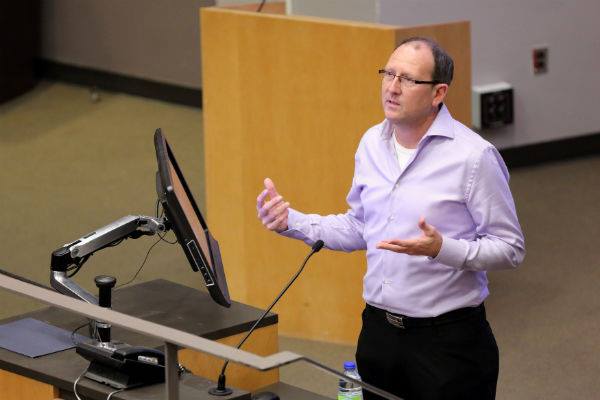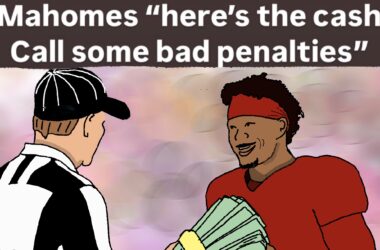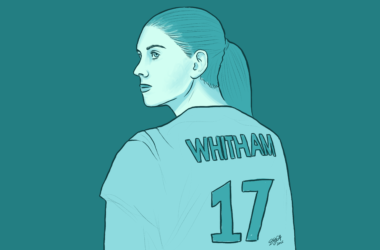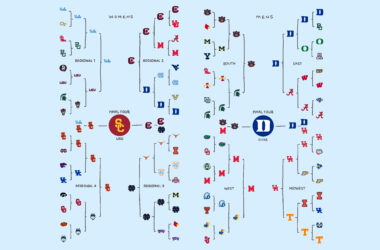“Why Freshmen Should Not Play,” read a New York Times sports section headline in October 1983. University of North Carolina basketball coach Dean Smith wrote the piece based on his perception that first-year athletes tend to fail to cope with the academic intensity, homesickness, and unique social setting university brings while playing a varsity sport.
Associate Professor Gordon Bloom of the McGill University Sports Psychology Research Laboratory would agree that being a first-year collegiate athlete puts young adults under a lot of pressure. Previous studies by Bloom have revealed that freshmen students have to cope with many sources of stress and disruptions to academic and athletic life.
“Students who come as a first-year university student already go through stress and difficulties,” Bloom said. “When you throw in a sports commitment that involves practicing four to five days a week, games on weekends, and travelling, it’s extensive.”
Where Bloom disagrees, however, is the conclusion that first-years should not participate in varsity sports. Last year, Bloom and his colleagues published a study on how different coaching methods can be a driving force in a first-year athlete’s success. Before his work, there was sparse material focusing on the coach as a mediator of this stress and disruption.
“We wanted experienced coaches who have been here a long time,” Bloom said. “When you interview a first-year athlete, they are still spinning their head. We really got coaches that have been [coaching for] a long time and are known in their sports for having a solid program.”
The McGill study conducted interviews with eight Canadian Interuniversity Sport (CIS) head coaches with a minimum of 10 years experience. Coaches were asked to detail their experience of developing collegiate athletes from their first to final year.
“A lot of them said it was a challenge when they first started, they didn’t really know how much guidance first-year athletes would need,” Bloom said.
It soon became clear to the coaches, however, that their engagement with young players would need to be extensive.
“I certainly talk to my first-year kids every day,” one of the CIS coaches told the researchers. “Constantly I ask them, ‘How is everything going? How is school going?’ I don’t have to do that with veterans.”
The extensiveness of coach involvement surprised even the researchers.
“What stood out to me is that coaching really does involve more than teaching sports skills,” Bloom said. “There is a very strong life skills component to helping your athletes adjust and excel as an athlete, student, and a person.”
Given CIS head coaches’ hectic schedules, the study said they don’t approach developing first-year athletes alone.
“A lot of them said that they guide and help, but they also make sure the peers on the team are helping the athlete,” Bloom said.
Fostering this supportive atmosphere is also the responsibility of the immediate coaching staff.
“We have three captains,” one coach commented in the study. “They are extensions of me, our values, and the team culture. What we try to do is […] find someone on the team that you respect, you trust, you feel comfortable with. Let them be your anchor.”
Many reported that the process of developing successful student athletes begins before they step foot on campus by recruiting players who fit into a coach’s strategy and have both athletic and academic talent.
“I like to look at how the young [athletes] deals with adversity,” one CIS coach commented. “When things are not going well for them in a game, [I look at] how [he or she] faces and deals with that.”
Bloom and his colleagues hope that the results of their study can have a larger impact on coaching procedures in university athletic programs.
“Hopefully these results will tell junior coaches that their job is more than just wins and losses,” Bloom said.









